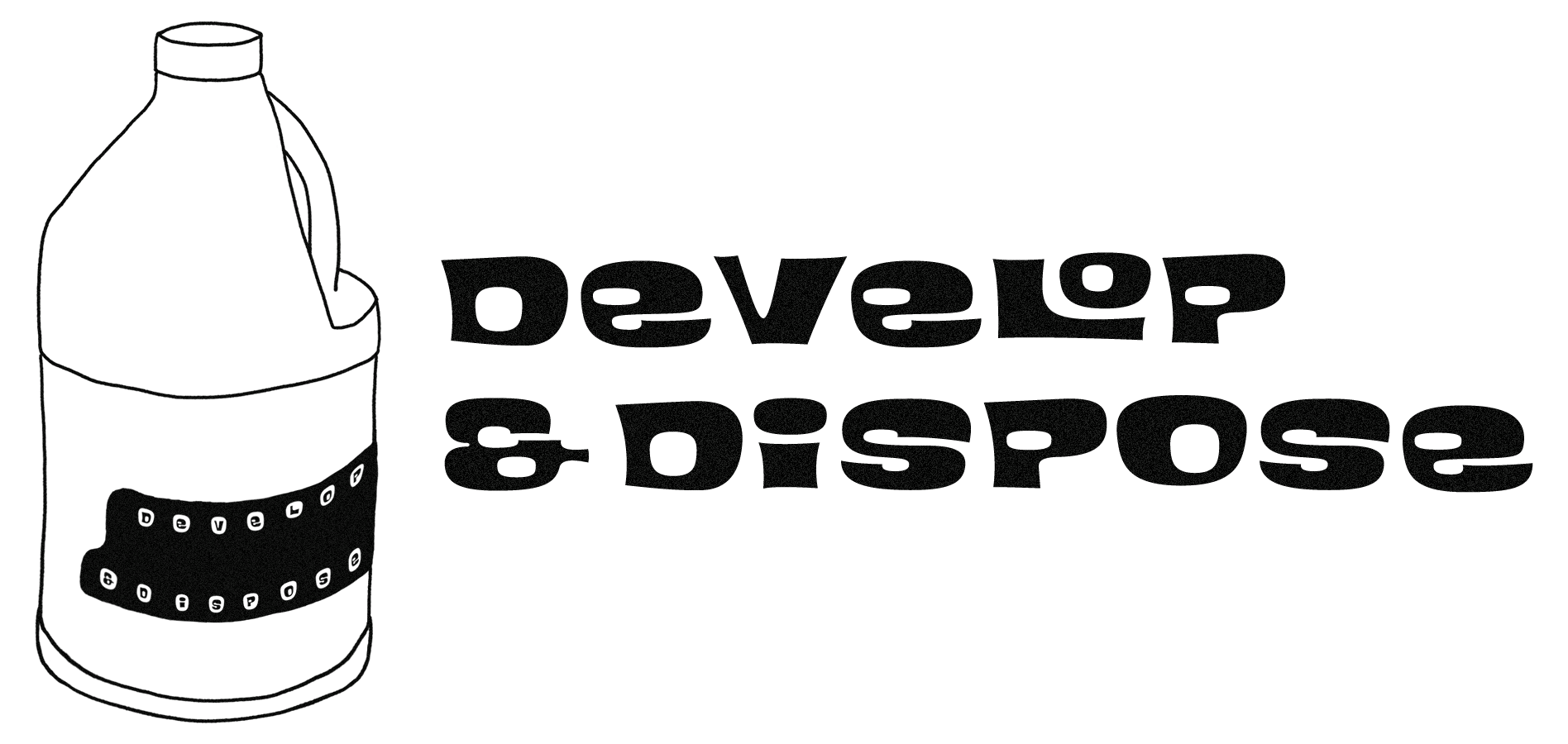How do I use the website to find a disposal location for darkroom chemicals?
You can use our interactive map to find chemical disposal sites near you. Just type your ZIP code into the search bar or click on the “Filters” icon next to the search bar to select, and nearby locations will appear. Click on a pin for details or “Get Directions” to open Google Maps. You can also visit the “Browse All” section under Home for a full list of confirmed sites.
Is the information on your website accurate and up-to-date?
We confirm each listing through direct research (usually by phone), but please note that policies may change. We recommend calling ahead. All information was last confirmed on March 20, 2025, and we update our data monthly.
Where do you get your information about disposal locations?
Our location data comes from authorized sources, including local environmental agencies and public waste management directories. We verify each listing through direct contact whenever possible. For a full list of our reference sources, please visit the “Fact Check” section on our About Us page.
Can I filter disposal sites based on the type of chemicals they accept?
At this stage, filtering by chemical type is not available. However, we have confirmed that all listed locations accept standard darkroom waste, including fixer. Most also accept batteries due to their relevance to film photography gear.
Is there a way to save or bookmark my favorite guides or disposal locations?
Not at the moment, but we’re actively developing a bookmarking feature! Until then, feel free to save URLs to your browser bookmarks.
What chemicals are considered hazardous waste?
Several photographic processing chemicals are classified as hazardous due to their environmental impact. Used fixer, in particular, contains silver thiosulfate compounds that are toxic to aquatic life and are regulated as hazardous waste under the U.S. Clean Water Act (Princeton EHS). Toners and reducers/intensifiers should also be treated as hazardous waste (University of Florida EHS).
Can I dispose of chemicals down the sink or drain if diluted?
Disposing of photographic chemicals down the drain—even when diluted—should only be done if explicitly permitted by your local wastewater authority. Used fixer should never be poured down the drain without a silver recovery unit due to its high silver content, which requires recovery or proper hazardous waste treatment (Princeton EHS). It is acceptable for small quantities of neutralized developer or heavily diluted stop bath to be flushed with copious water, but only under strict conditions (Princeton EHS). We recommend that Los Angeles residents utilize the designated free Household Hazardous Waste (HHW) collection programs and permanent centers for the proper disposal of such wastes (Clean LA).
The map isn't loading properly. What should I do?
Try refreshing the page or checking your internet connection. If the issue persists, head to the Browse All page, where all locations are listed with direct links to Google Maps.
How do I report issues or share feedback about the website?
If you find inaccurate information, have technical problems, or just want to share thoughts, use our contact form or DM us on Instagram @developdispose.
Can I contribute information, tips, or content to the website?
Absolutely! You can suggest disposal sites via our Contact Us form or by messaging us on Instagram. We also welcome darkroom tips, disposal hacks, or blog post pitches—our Resources section is built to grow with community knowledge.
I found a location that’s correct or incorrect—how should I report that?
Thank you for helping us improve! Please submit your update through the form on our Contact Us page. Whether you’re confirming a location is still active or letting us know something has changed, we’ll review and update the information accordingly.
